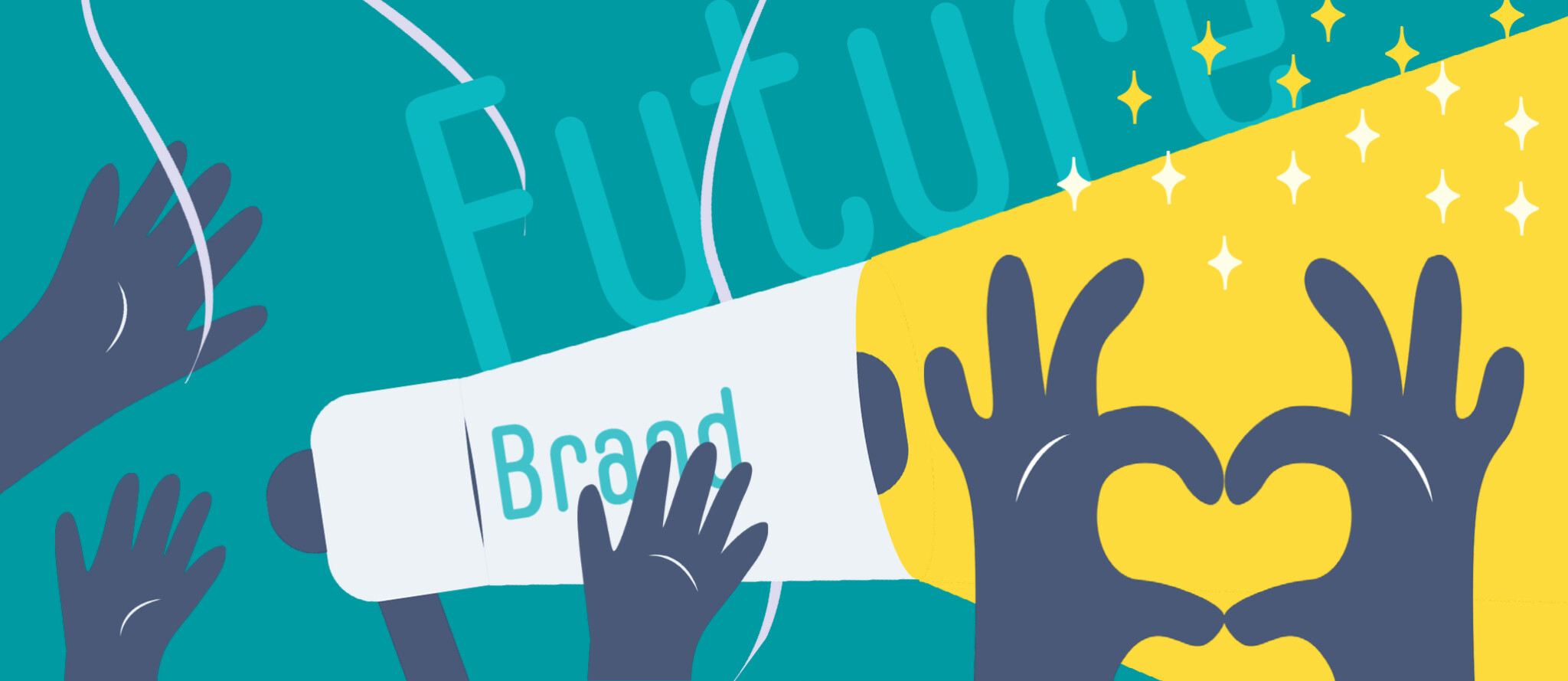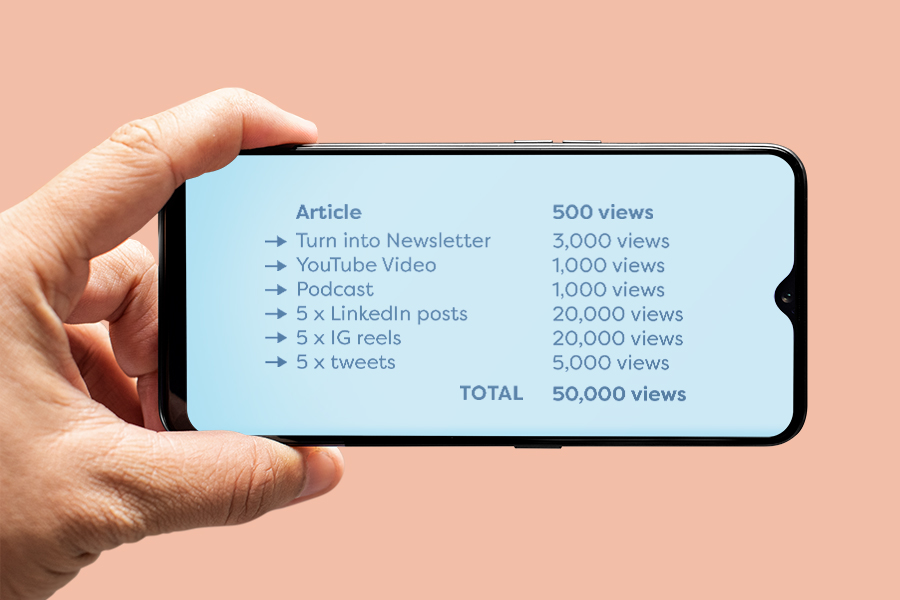by Christiane Holden

All charities face the same single biggest challenge. Reaching people. Cutting through the noise, getting them to take notice and act on your mission. However, despite the challenges charities face, there are opportunities for your brand to stand out and encourage your audience to take action. Here at me&you we’ve compiled some useful advice which we presented in the September Charity Mashup in Woking, Surrey to get your charity brand fit for the future.
Preparing your brand for the future
Branding is an important tool for charities because, if used well, it has the power to grow visibility, retain volunteers, attract more donations and raise awareness.
How do we define branding? It’s been said that ‘A brand is what others say about you when you’re not in the room.’ This means your brand is about more than just the visual, it’s also the words you communicate with, your tone of voice. Sounds and even smells can be part of your brand. Think Netflix’s ‘Ta Dum’ soundbite. Play-Doh even trademarked their scent.
Thinking more broadly about your brand and the way that people interact with it, can help make your branding more distinctive.
Strategy & Tactics
How do you get people to sit up and notice? We recommend building your strategy first.
Defining who you are as a business, your long term goals, how you want to come across to your audience and how to set yourself apart from the competition. All these things need to be considered in order to create a strong brand.
For our brand building projects we use these three metrics to deliver success:
- Distinct: Stand out from the crowd and noise.
- Relevant: Consider the audience.
- Emotive: Use emotions to increase a recall.
Don’t skip the important strategy step. Strategy comes before tactics.
Does being on all social platforms churning out daily content mean cutting through the noise and staying relevant? Not necessarily. The future will always feature new platforms. However, you don’t need to be on every social platform out there and constantly create Instagram reels, be on TikTok every day or trying to find influencers to promote your campaign at a high cost. Similarly, you don’t need to get involved in the “next shiny thing” with NFTs, web3.0, bitcoin and AR + VR.
The right channels aren’t necessarily the most ‘popular’. For example, for our client Forte, we researched the audience who were GPs and were not really on the social channels. Instead, we implemented a successful personalised direct mail campaign. Not all campaigns need to be digital only. Instead match the channels to your audience with well researched user personas within your target audience. Be distinct - when everyone zigs…zag!
How to grow your content reach
When you create some marketing content e.g publish a blog or a video, you can maximise your social output without coming up with different topics every time.
One useful tip to increase your content reach is to adapt and reformat your content across multiple channels.
Here’s an example how to go from 500 to 50k views by adapting and reformatting your content:

You’ve published a blog which gained 500 views. Because you mentioned this topic in your newsletter and linked it to your blog, there are 3000 more views who opened the newsletter and were made aware of this topic.
With this blog content you can record for example a 2 minute video or audio clip. You can then split this into several videos for reels or YouTube. Talking about it in a podcast will make more people aware of it. Out of the blog or videos you can also create 5 LinkedIn posts to give you another reach of more people seeing your content.
Audience Challenges
Pushy sales and sneaking a service or product onto consumers used to work up till a point. However, audience behaviour has changed now. The following observable behaviour trends will only increase.
- People reject anything that is inauthentic and corporate. They trust individuals more than companies. Statistics show for example that there is a 25x more engagement on personal LinkedIn accounts over content coming from company accounts.
- More and more people also reject products that are bad for the planet or greenwashing claims.
- ‘Stealth selling’ where you are being sold a product without realising it is increasingly seen as unethical.
What do people love generally? (Vertical) video and they are suckers for a story, a dream, a vision.
This is where your charity has an opportunity. Mayonnaise doesn’t need a purpose. Unlike big corporates you do have a vision that’s above ‘profit’.
How to get your audience to understand and engage with your content
To understand how people perceive information let’s look at it from a cognitive side. Our brain runs at two levels - System 1 is in which we operate 95% of the time - the human body sends 11 million bits per second to the brain for processing. System 2 is that the human mind is considered to be a cognitive miser due to the tendency of humans to think and solve problems in simpler and less effortful ways. Humans are limited in their capacity to process information, so their mind takes shortcuts whenever it can. (Wikipedia)
Given this mindset we have to be super clear about the message. Our technique we recommend is defining your offering in a story: There is a challenge, a villain, a hero and a solution.
This technique has been applied for centuries in books, films, how we tell stories; it’s baked into our consciousness. By developing an overarching story matched to your persona’s interests and motivations, you can break through the noise.
Your charity can make a difference. Creativity is vital for this. That doesn’t mean just visually or not just words. But thinking differently.
Summary:
- To cut through and prompt action is the biggest challenge
- Build your strategy before tactics
- The future will feature new platforms
- Your audience must come first
- Storytelling will always work but it needs to be adapted to platforms
To see how we can help with your brand, check in with our Services.
Download your free Charity Brand Checklist: Download Checklist